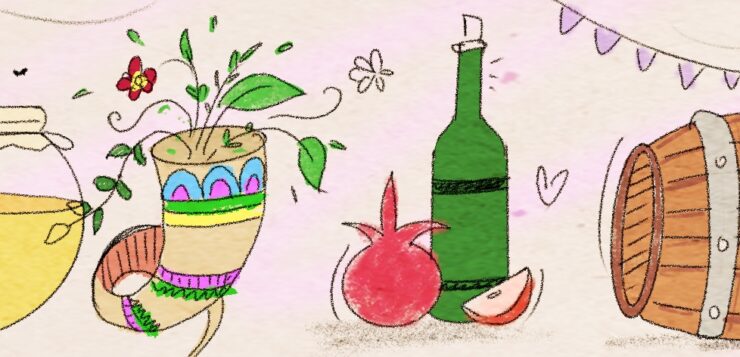When we think of festivities, it is almost guaranteed that most people, in the West at least, will think of Christmas. It is the most significant celebration in the British calendar, as well as for the many countries influenced by Christianity. But around the world, there are a plethora of festivals and holidays that pass many of us by. Every country, culture and religion will have their own celebrations and festivals, but these are just a few examples of some you may not know much about.
Holi (India; Nepal)
Famed for its colourful street parties, Holi is a Hindu festival typically celebrated in Northern India and Nepal. It occurs during March at full moon and lasts between two and five days, celebrating the burning of the evil Holika. Legend states that she was enlisted to kill her nephew to prevent him from overthrowing his demonic father as king, and bonfires are often lit on the first day of the festival as a symbol of the fire used to kill Holika. The fun begins on day two: party-goers throw powder paint and colourful water at each other, often wearing white with the intention of it being stained in a rainbow of vibrant colours. By the end of it, whole towns are covered with no corner left untouched. It is a time of coming together, where differences are put aside in the aid of the biggest party in the Hindu calendar. Happy Holi!
Rosh Hashanah (International)
Literally meaning ‘Head of the Year’ in Hebrew, this is the first high holy day in the Jewish calendar, starting in Autumn. It is a time of reflection of the past year and a celebration of the year to come. Jews of different denominations will celebrate differently, but in the Orthodox community, they will not use any technology, turn on lights or drive a car, instead visiting the synagogue to read scripture and pray for a good year. Families come together to enjoy sweet foods like apples and honey to signify having a sweet new year, and Challah [bread]is shaped in a circle to represent the never-ending cycle of life. It is one of the most important festivals of the year, dictating how the coming year will pan out, and even the least religious Jews will always make sure to honour this day. Shana Tovah!
Oktoberfest (Germany)
Oktoberfest, which is colloquially known as Wiesn, is a German festival that consists of wearing Tracht, drinking ‘Maßen’ of beer and singing along to traditional Bavarian music. It originated in 1810 as a celebration of the marriage between Prince Ludwig and Princess Therese of Saxe-Hildburghausen, leading to the festival site being named Theresienwiese (literally ‘Therese’s Meadow’.) It is the world’s largest Volksfest, typically bringing six million visitors to Bavaria’s capital every year. One of the highlights is a large parade which travels 7km across the city, ending at the fairground, where Weißwurst, pretzels, and Lebkuchen hearts can be enjoyed. Despite it being one of Germany’s most famous festivals, it is only officially celebrated in Munich in the last two weeks of September and the first week in October. It is the highlight of the year for the Munich locals and a large symbol of the city, and they very much enjoy being able to share their culture with the rest of the world. Prosit!
Fête du Vodoun (Benin)
The Ouida International Voodoo Festival is unlike anything celebrated in Western culture. It is celebrated all over the country, but the main event happens in Ouida, where the chief priest of Vodoun travels from his temple along the slave road to the beach as a recognition of the tens of millions who lost their lives to the slave industry. It is initiated by the slaughtering of an animal, and different voodoo communities visit the site to honour their god, usually wearing white. Groups play ceremonial drums, dance, sing and drink gin. Elaborate wooden masks play a big role in the celebrations, representing the spirits of the dead, and children often chase wearers of the masks through the streets. Once the official festival is over, the party moves into the city where the dancing and music continue long into the night. Joyeuses fêtes!
The Gathering of Nations (USA)
Happening on the fourth weekend in April in Albuquerque, New Mexico, this Native American Powwow is a coming-together of almost 800 tribes from across North America. They wear costumes that represent each of their own tribes, sharing their customs and rituals with one another. The highlight is a large dance competition, consisting of 36 categories with ages groups from ‘tiny tots’ to elders. There is also a regalia parade, where a procession of native horse riders travels through the festival to honour the connection between tribes and their horses. The entire weekend is filled with tribal music, which culminates in the stage 49 concert played by world-renowned Native American artists. The entire weekend is a celebration of culture that has often been, and still is threatened, by modern American life. Tau Taino-Ti!
This whistle-stop tour of festivals merely scratches the surface of the celebrations happening across the globe every day. Maybe you’re now desperate to experience one of these, maybe you’re not, but let this inspire you to discover local culture wherever your next adventure may take you.




